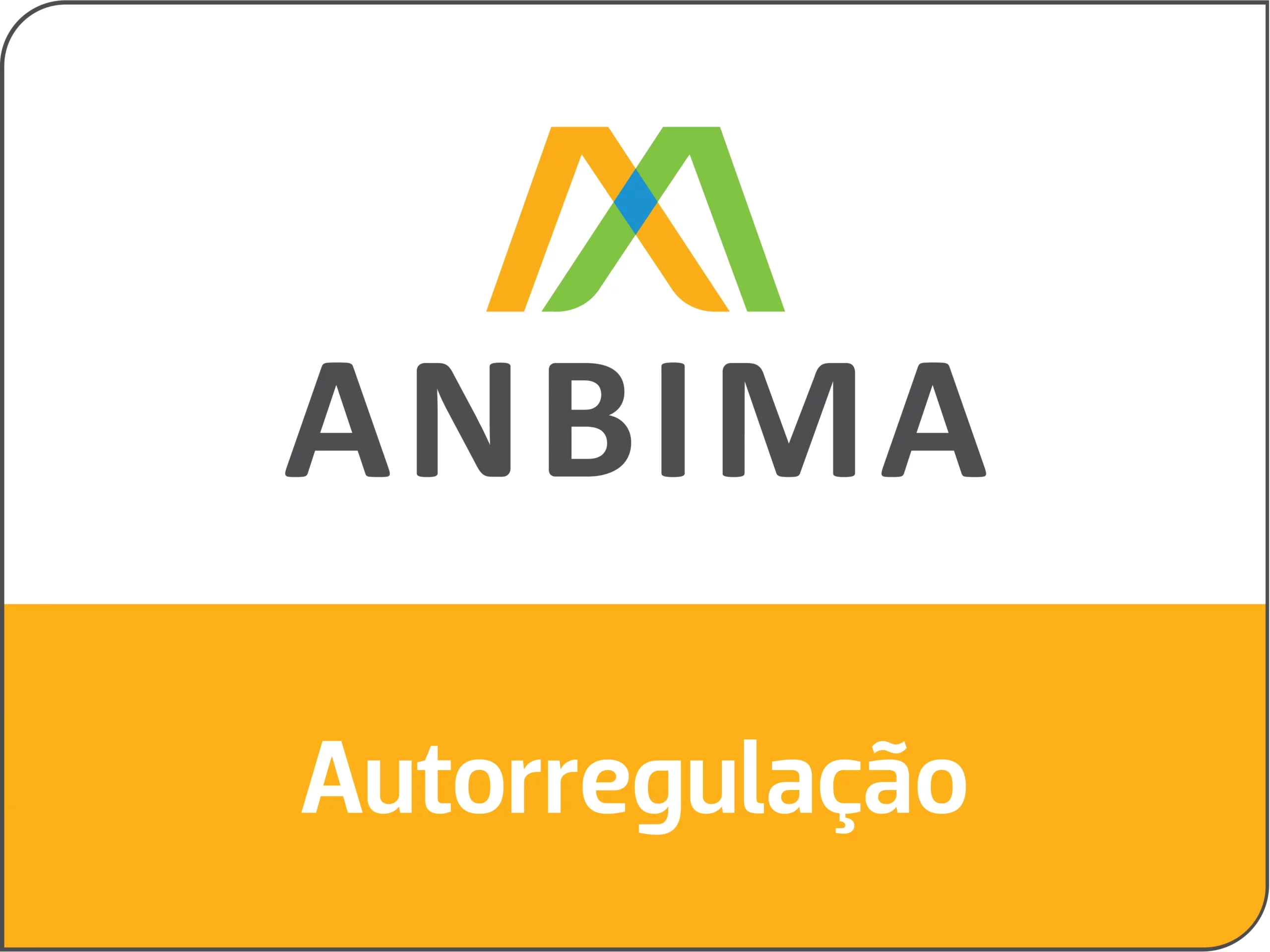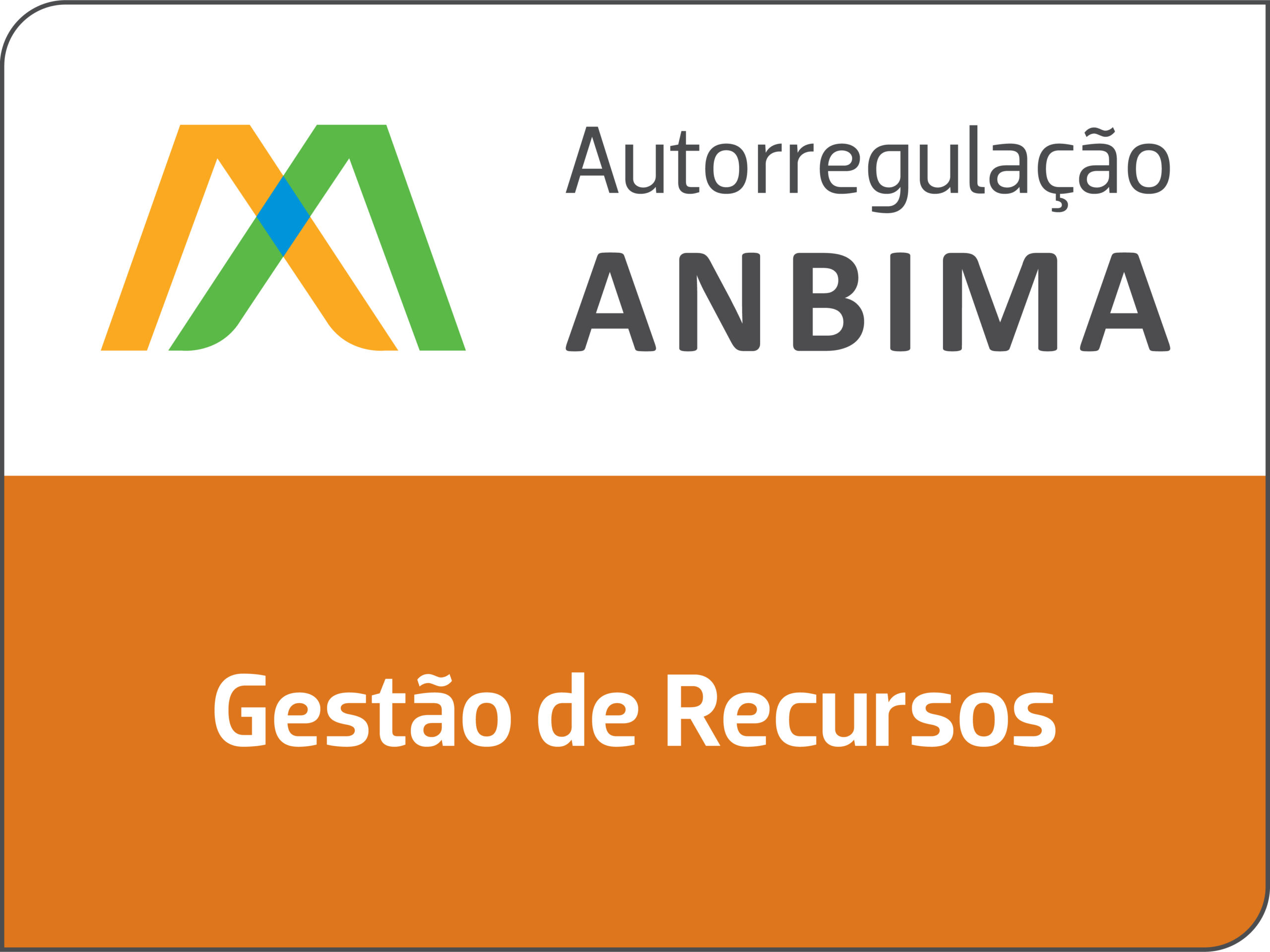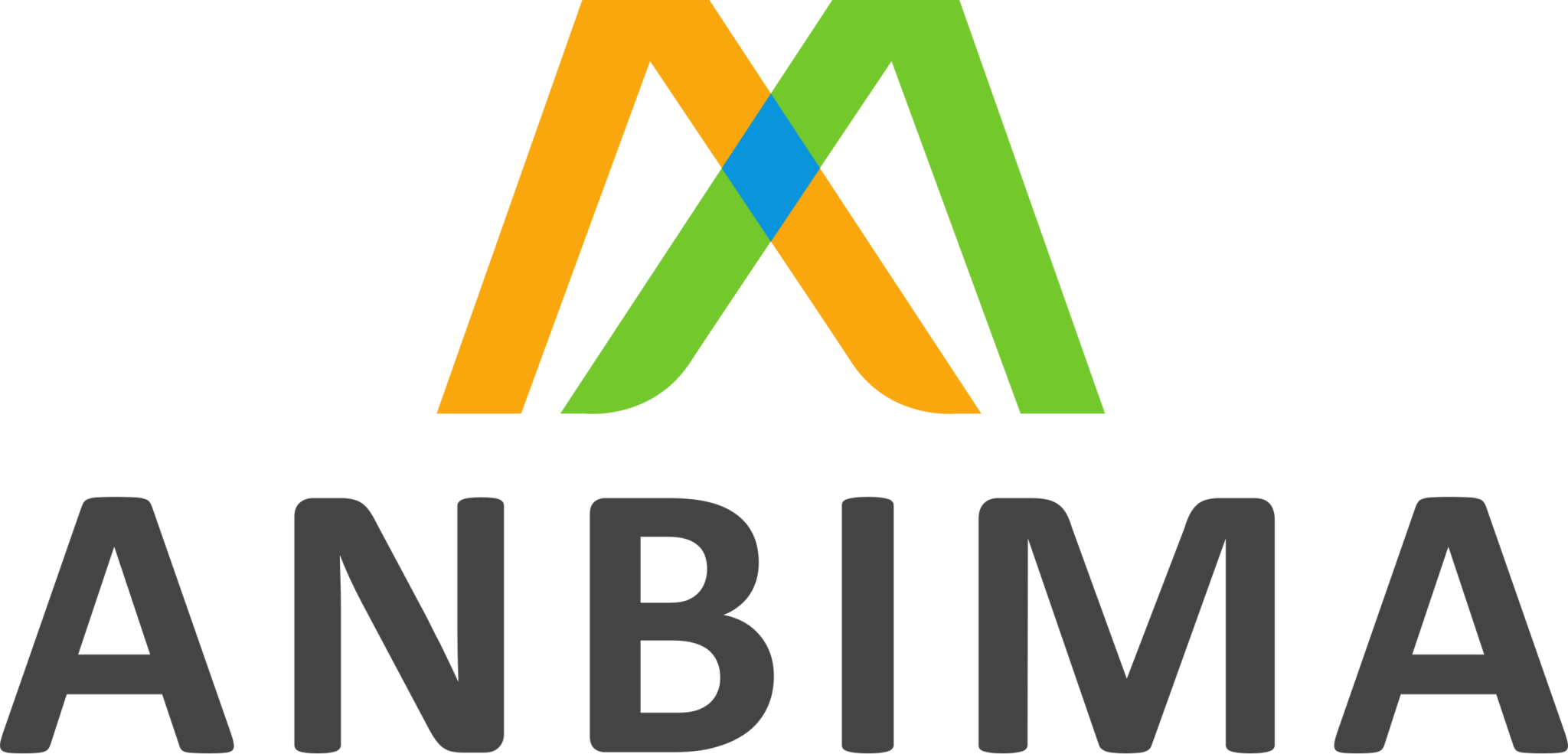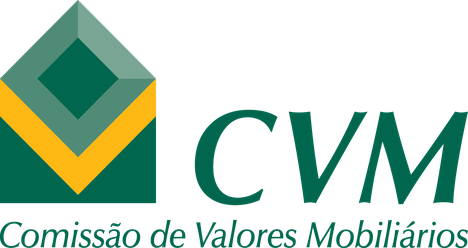Credit Rights Investment Funds (FIDCs) have established themselves as one of the most attractive options for investors seeking diversification and higher returns than other fixed income modalities.
However, like any type of investment, they involve specific risks.
This article provides a detailed analysis on how to invest in FIDCs strategically, minimizing risks and maximizing potential returns.
What are FIDCs?
FIDCs are investment funds that apply their resources to the acquisition of credit rights, i.e., receivables from companies, such as duplicates, cheques, promissory notes and financing contracts.
They function as a form of credit securitization, transforming these receivables into marketable financial assets in the market.
This process allows companies to anticipate their cash flows and obtain financial resources in an agile way.
The FIDCs in the credit market
FIDCs play a key role in the credit market, offering an alternative financing for companies, especially small and medium-sized ones, which often face difficulties accessing credit through traditional channels such as commercial banks.
For these companies, FIDCs can be a strategic solution to improve cash flow, finance their operations and drive growth.
Benefits of FIDCs for companies
By selling their receivables to a FIDC, companies have immediate access to capital, which is essential for maintaining operations and financing investments.
This flow of resources can be used to clear debt, invest in expansion or adopt innovations, strengthening your position in the market.
In addition, selling receivables improves cash flow management, allowing more efficient financial planning and the opportunity to react quickly to changing market conditions.
FIDCs and the impact on the Brazilian economy
FIDCs have a positive impact on the Brazilian economy.
By facilitating access to credit for a larger number of companies, these funds contribute to economic growth by stimulating job creation and innovation.
This financing model also helps to decentralize the supply of credit, making it more accessible to companies that would otherwise be on the fringes of the traditional financial system.
The potential of FIDCs for investors
For investors, FIDCs offer an investment alternative in fixed income with a higher potential return than other traditional products.
By investing in these funds, the investor diversifies his portfolio, with the possibility of obtaining attractive gains, especially compared to the profitability of more conservative products.
In addition, investment in FIDCs can represent an opportunity to contribute to business development and growth of the economy as a whole.
Risks of FIDCs
Like any other investment, FIDCs involve risks.
The main risk is credit risk, which is associated with the possibility of default of companies that sell their receivables.
If a company does not honour the payment, the fund’s income may be compromised.
In addition, liquidity risk can also impact the fund’s performance, especially at times of financial crisis or economic instability.
Therefore, before investing in a FIDC, it is essential to carry out a detailed analysis of the assets in which the fund is investing.
Assessing the quality of credit claims and debtors’ payment history are essential steps to understand the risks involved.
Efficient and strategic management by the fund manager is crucial to ensure security and return on investment.
Strategies to minimize risks
Investing in FIDCs requires a strategic approach.
To reduce risks and increase the chances of obtaining good returns, some practices may be adopted:
Diversification: diversifying investments between different types of FIDCs can reduce the overall risk of the portfolio. This includes the choice of funds with different risk profiles and types of credit claims, which helps to dilute the possibilities of significant losses.
In-depth analysis: before investing, it is important to analyze the FIDC portfolio, assessing the quality of assets and financial health of companies issuing receivables.
Professional management: pptar by FIDCs managed by experienced and competent managers, with proven track record of good results, can increase the security of investment. Okean Invest, for example, stands out in the market for its approach focused on profitability and security, with more than 13 years of expertise in credit management.
The importance of structure and governance
The structure and governance of a FIDC are key elements to assess its reliability.
Well-structured funds, with strong and transparent governance, tend to be more secure and effective.
Clarity in investment policies, quality of management and transparency in the information provided to investors are essential factors that ensure good fund management and minimize risks.
Continuous monitoring
Investing in FIDCs is not a “buy and forget” task.
These funds require continuous monitoring to track performance and ensure that risks are managed effectively.
Factors such as changes in interest rates, economic conditions or the credit market can affect the performance of the fund, so it is essential to always be attentive to updates and analyses provided by the manager.
Investment horizon
The investment horizon in FIDCs is another important point to be considered.
These funds are generally more suitable for investors with a long-term vision, as the underlying assets may have periods of low liquidity.
Therefore, it is essential to align your financial goals with the fund’s strategy before investing.
Revolutionizing the credit market
Credit Rights Investment Funds (FIDCs) are not only an alternative to investing, but are rapidly consolidating as the future of fixed income, especially in Brazil.
With their innovative credit securitisation model, FIDCs offer investors higher returns than traditional fixed income options such as CDBs and public bonds, at the same time that they provide a powerful tool for companies to access credit in a more agile and less bureaucratic way.
These funds are revolutionizing the credit market in Brazil, by opening up new possibilities for small and medium-sized entrepreneurs who previously had difficulty obtaining financing through traditional channels. By transforming corporate receivables into tradable assets, FIDCs enable the anticipation of revenues, improving the liquidity of companies and encouraging business growth.
For investors, FIDCs represent a unique opportunity for diversification and profitability in a scenario where traditional fixed income has shown ever lower returns.
In addition, by supporting companies in strengthening their cash flow and growth, the FIDCs play a key role in the development of the Brazilian economy, contributing to the generation of jobs and innovation.
Thus, the FIDCs are presented as a milestone in the future of corporate financing and fixed income in Brazil, consolidating itself as a strategic tool for both investors and companies.
How to invest strategically in FIDCs
FIDCs are an excellent option for those looking to diversify their investment portfolio and take advantage of the potential for high returns.
With a strategic analysis and good asset tracking, it is possible to take advantage of this type of fund while minimizing risks. Investing in FIDCs can be an effective way to increase your profitability and support the growth of small and medium-sized enterprises, which also contributes to Brazil’s economic development.
If you are interested in exploring the potential of FIDCs, Okean Invest is ready to help.
With a team of highly qualified experts, we offer customized investment solutions that meet your goals and risk profile. Join us and discover how our funds can be a valuable part of your investment strategy.







